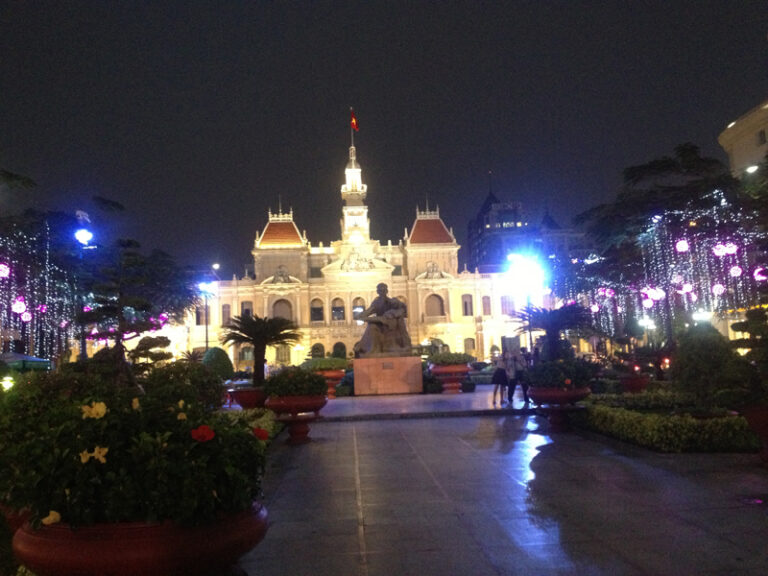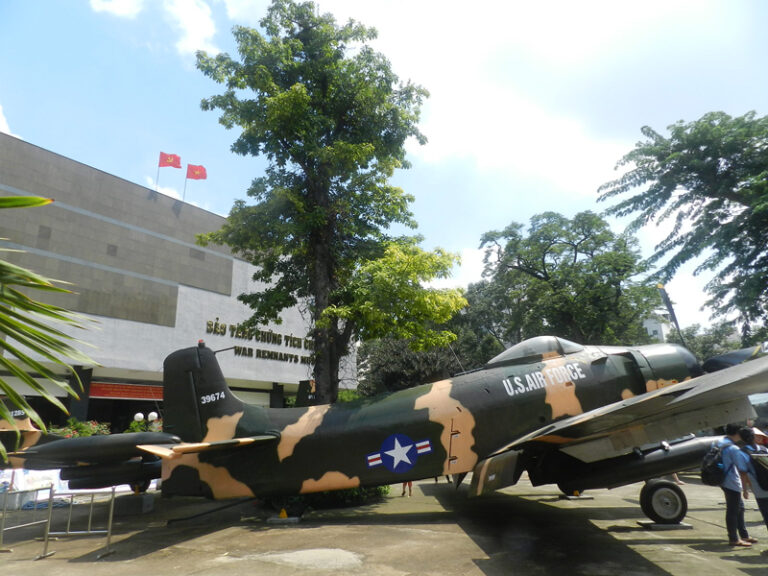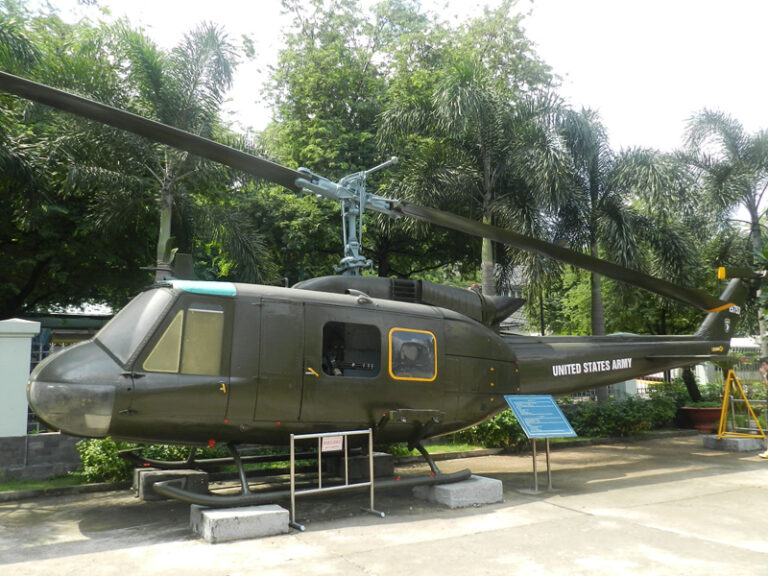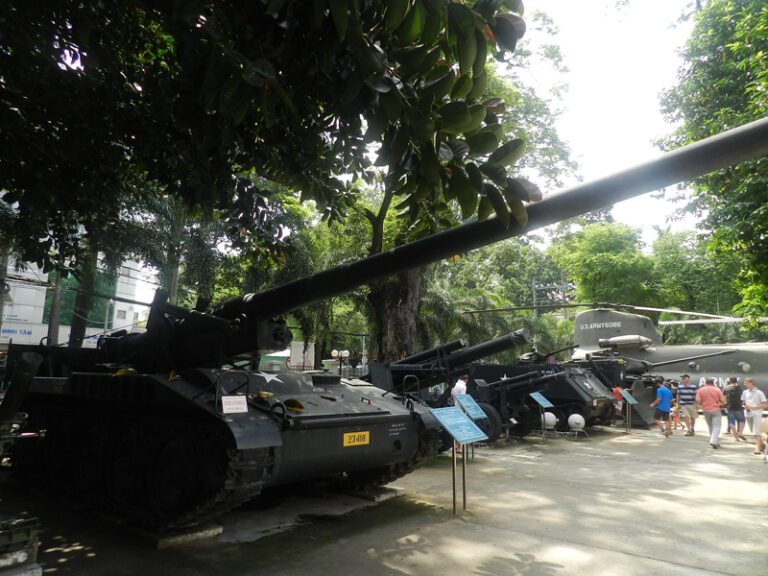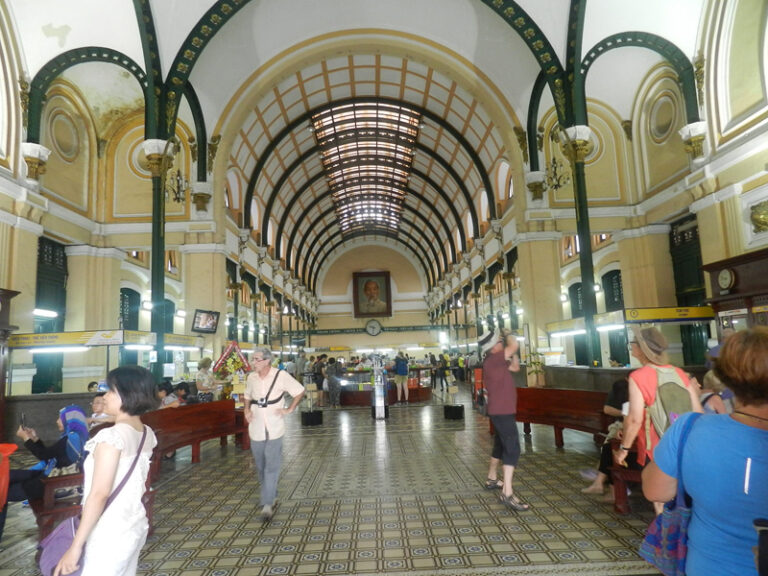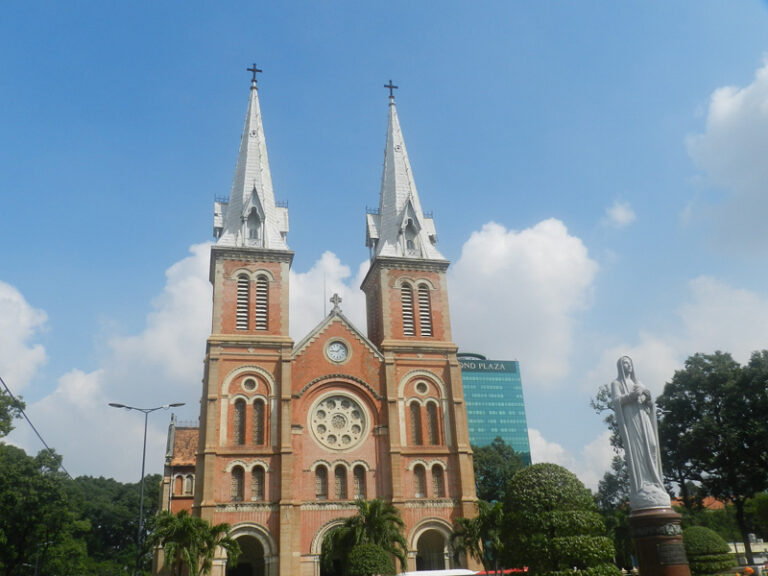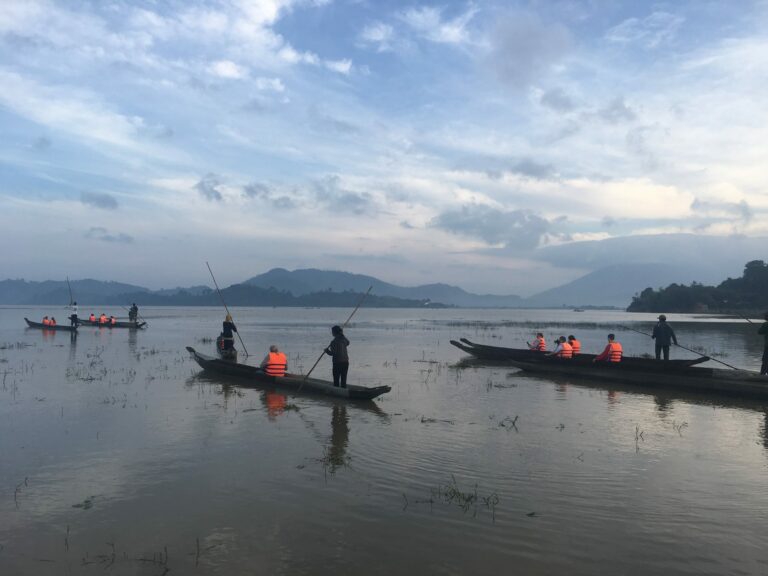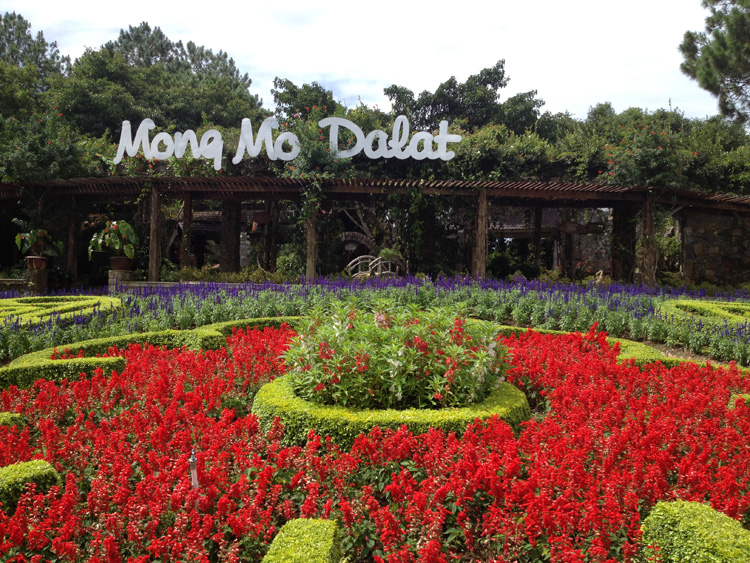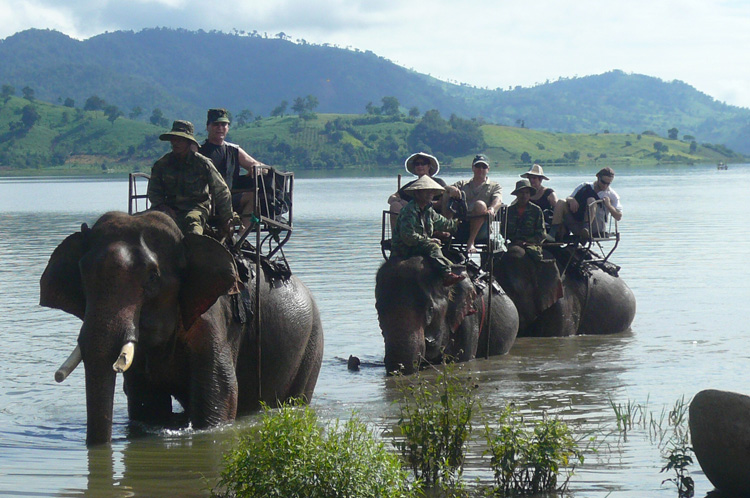Formerly known as Saigon, Ho Chi Minh City is the largest city in Vietnam. It was once known as Prey Nokor, an important Khmer sea port prior to annexation by the Vietnamese in the 17th century. Under the name Saigon, it was the capital of the French colony of Cochinchina and later of the independent republic of South Vietnam from 1955–75. South Vietnam was a capitalist and anti-communist state which fought against the communist North Vietnamese and Viet Cong during the Vietnam War, with the assistance of the USA, Australia and other countries. On 30 April 1975, Saigon fell and the war ended with a Communist victory. On 2 July 1976, Saigon merged with the surrounding Gia Định Province and was officially renamed Ho Chi Minh City after HồChí Minh (although the name Sài Gòn is still commonly used). The metropolitan area is populated by more than nine million people, a number which is expected to grow to 13.9 million by 2025. The city’s core is still adorned with wide elegant boulevards and historic French colonial buildings. The majority of these tourist spots are located in District 1 and are a short leisurely distance from each other. The most prominent structures in the city center are the Reunification Palace, City Hall, Municipal Theatre/Opera House), City Post Office, State Bank Office, City People’s Court and Notre-Dame Cathedral. Some of the historic hotels are the Hotel Majestic, dating from the French colonial era, and the Rex and Caravelle Hotels which were former hangouts for American officers and war correspondents in the 1960’s and 70’s. There are also several good museums. Also worth visiting are the tunnels of CủChi, an immense network of underground tunnels which are part of a much larger network that underlie much ofthe country. They were the location of several military campaigns during the Vietnam War and were the Viet Cong’s base of operations for the Tết Offensive in 1968. They were used by Viet Cong soldiers as hiding spots during combat as well as serving as communication and supply routes, hospitals, food and weapon caches and living quarters for numerous North Vietnamese fighters. The tunnel systems were of great importance to the Viet Cong in their resistance to American forces, and helped to counter the growing American military effort.
Saigon
Homepage
Saigon



